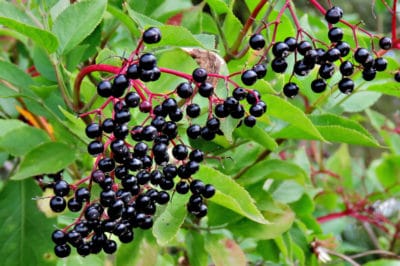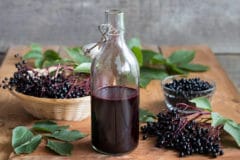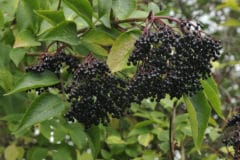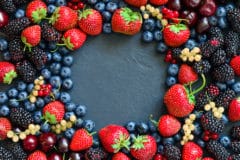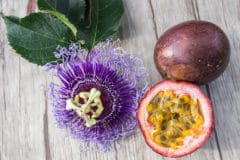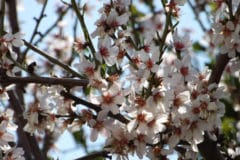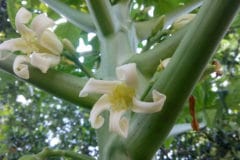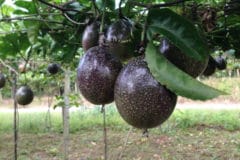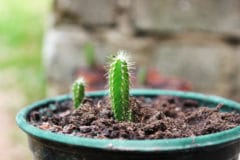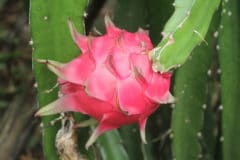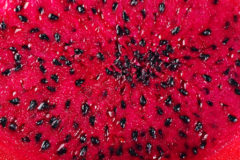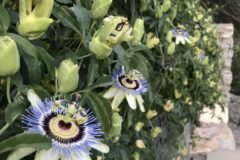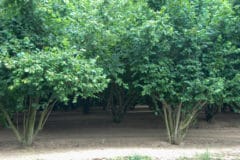You’ll Need Some Space
There are two main varieties of elderberry, the European and the American and both tend to grow both tall and wide. The European variety can reach 12 feet in height and nearly as much in width; the American genus is slightly smaller, growing to about ten feet in height and width.
Other varieties of elderberry do not grow so large, but they are not as popular and some of them are not edible. American and European elderberries are your best bet.
You’ll Need Some Soil
Elderberries are not picky, but they do like soil that is consistently moist, slightly acidic, and which contains plenty of organic matter. Amending your soil with compost before planting is a good idea, as is ensuring good drainage; while your berries like moisture, they don’t thrive in excessively wet ground.
You’ll Need to Do a Little Work
While you’ll expend minimal effort for maximum reward when growing elderberry bushes for fruit or flowers, there are some things you’ll want to do.
- The plant is best served by an annual application of compost.
- Add a layer of mulch whenever necessary to protect roots and prevent weeds.
- Cover your plant in bird netting to keep your feathered friends from feasting on your fruit.
- Prune each winter, removing dead, broken, or diseased branches, and any branches over three years old.
You’ll Need to Know This
A great aspect of elderberries is that they don’t have a lot of issues with parasites, insects, or diseases. Pruning dead branches serves to prevent cane borers from infesting your plant, and while very wet weather can allow some leaf diseases to appear, but these are not generally a big concern.
You’ll Need a Good Recipe Book
Elderberries are generally ready to harvest in August or September. Watch for the berries to reach a deep, dark purple color and then prepare to remove them from the plant. As elderberries will often fall from their stems at the slightest touch, it is often easier to simply cut each cluster of berries off the plant and gently place them in a bucket.
A single, mature elderberry bush can produce about 12 to 15 pounds of berries, so be prepared! Elderberries are quite popular for making jams, jellies, syrups, wines, and more, but they don’t store well on the counter or in the freezer and will become inedible quickly. You’ll need to process the berries into recipes soon after harvesting.
